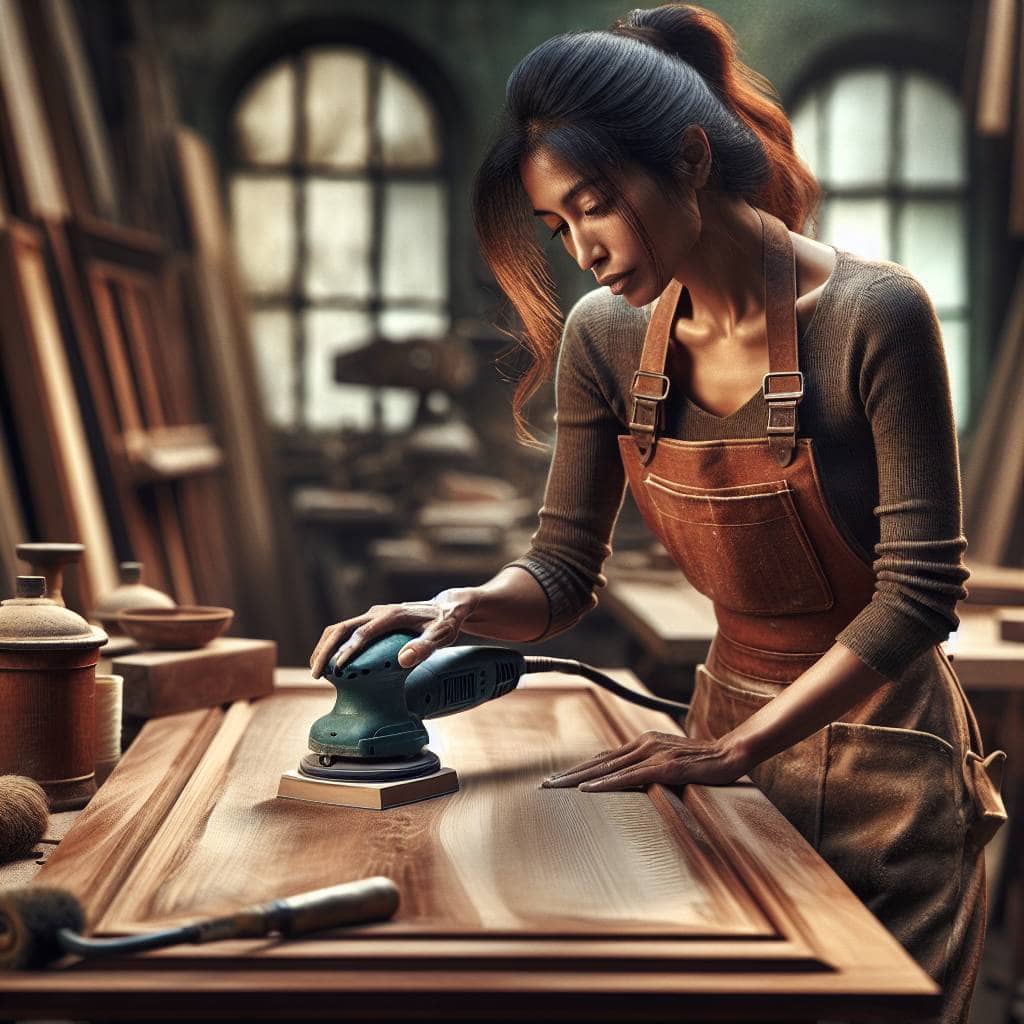I remember the first time I tried to refinish an old oak table I found at a yard sale. I was fresh out of school, thinking I could just slap on some elbow grease with any old sander and call it a masterpiece. Well, let me tell you, what I ended up with was more like a splintered nightmare than a polished heirloom. Turns out, treating every sander as if it’s the golden ticket to furniture nirvana is a rookie mistake. I learned the hard way that the wrong tool can leave you with a mess that not even a coat of paint can cover up. My misadventures taught me a thing or two about the importance of choosing the right sander for the job, and I’m here to save you from the same fate.

So, let’s dive into the nitty-gritty of it all. This isn’t just a listicle of tools—it’s a roadmap to furniture glory. We’ll navigate through the gritty details of random orbital sanders, sheet sanders, and the fine art of choosing the right sandpaper grits. I’ll share the secrets and the stories behind each choice, so you don’t end up with a project that looks like it was attacked by a caffeinated beaver. By the end, you’ll know exactly which sander will transform your furniture from tired to triumphant. Buckle up, because it’s time to refine your sanding game.
Table of Contents
How I Learned the Hard Way That Orbital Sanding Isn’t Just for Spaceships
There I was, standing in my garage, staring down at an old oak table that had seen better days. Its surface was as rough as a country dirt road after a rainstorm, and I had the bright idea that an orbital sander would be my trusty steed in this quest for restoration. The thing is, until that moment, I thought “orbital” had more to do with NASA than woodworking. But I was about to learn, the hard way, that those swirling discs of grit and power have ambitions far beyond the stars.
You see, I figured I’d just let the sander do its thing, like a spaceship on autopilot, and soon enough that table would be as smooth as a polished engine block. What I didn’t count on was the finesse required to wield the machine. I slapped a random grit sandpaper on there, cranked it up, and let it rip. The sander danced across the wood like a jittery colt, leaving behind a trail of swirls that looked like alien crop circles. Turns out, choosing the right grit isn’t just a matter of grabbing whatever’s on sale. It’s an art form, a careful selection based on the wood’s temperament and the task at hand.
And let’s talk about those other sanders I neglected. The sheet sander, the detail sander—they all play their part in this symphony. But there I was, trying to conduct with an instrument I barely understood. It took some trial and error, a few choice words, and a whole lot of sanding dust before I realized that random orbital isn’t just a fancy name—it’s a dance between control and chaos, precision and power. So if you’re eyeing that family heirloom and thinking it just needs a quick orbital spin, remember: it’s not just a tool, it’s a lesson in patience and skill, and it doesn’t require a space suit—just a little elbow grease and know-how.
Sanding Wisdom: Beyond the Grain
A random orbital sander isn’t just a tool; it’s a dance partner in the dusty waltz of woodwork. Choose your grits wisely, because the right sandpaper doesn’t just smooth—it reveals the soul beneath the surface.
Sanding Down to the Soul
When I first clutched an orbital sander, I thought I was holding a spacecraft’s joystick, about to launch into some cosmic adventure. But here’s what the journey really taught me: refinishing furniture is less about the tool and more about the touch. It’s the way you guide the sander across the wood, feeling the resistance of each grain, understanding that each pass is a conversation between you and the material. The sandpaper grits are whispers, subtle suggestions of what could be, if only you’re willing to listen.
In the end, my relationship with sanders—be it random, orbital, or sheet—became more than just a mechanical endeavor. It was an intimate dance, a gritty tango of sorts, where every move counted, and every mistake left a mark, a lesson etched into the surface. Like life, really. Full of unexpected turns and lessons that shape you, refine you. So, when you next pick up a sander, remember this: it’s not just a tool in your hand. It’s a partner in the craft, ready to reveal the beauty beneath the surface, if only you let it.